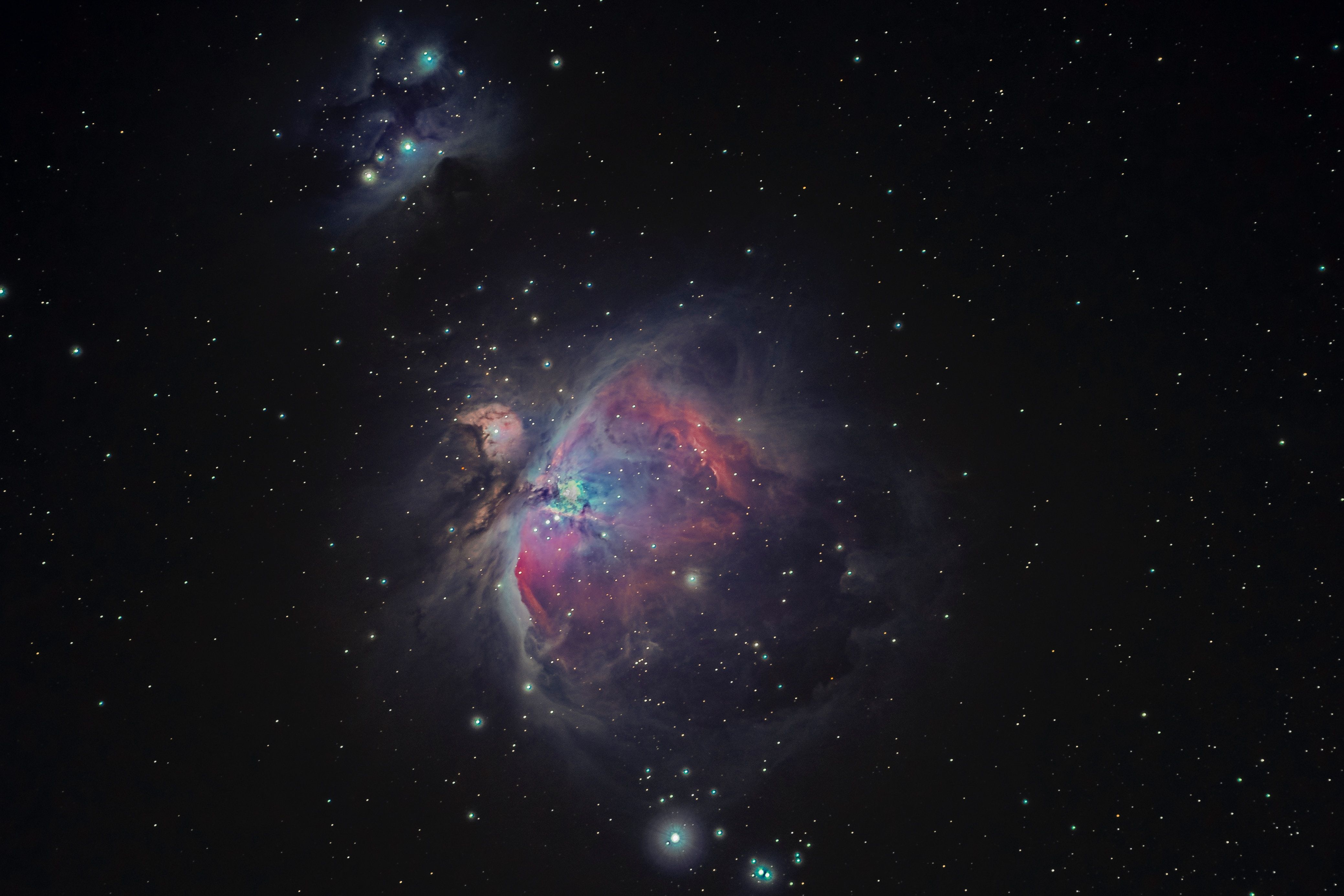Diamond clouds in space are the source of microwaves
For over 20 years, scientists have speculated over the source of streams of microwaves that travel to Earth from far across the galaxy. Now, new observations made at the Green Bank Telescope in West Virginia and the Australia Telescope Compact Array in New South Wales have allowed scientists to deduce that these waves originate from colossal diamond clouds that orbit newly-born stars located some 500 light years from Earth.
Such microwaves were first discovered in 1996 by NASA’s Cosmic Background Explorer (Cobe) satellite, which focussed on the study of cosmology. Results from its experiments allowed a sky-map of residual radiation from the Big Bang to be constructed, revealing that there were areas of the sky home to much more intense microwave traces.
Previously, a popular hypothesis was that the microwaves instead came from dust grains of PAHs. One for the chemists amongst us, PAHs are polycyclic aromatic hydrocarbons, or compounds made solely from hydrogen and carbon, consisting of multiple aromatic rings fused together. However, this suggestion was flawed, as the microwaves were not always found to come from areas with PAH clouds.
PAHs are polycyclic aromatic hydrocarbons, or compounds made solely from hydrogen and carbon, consisting of multiple aromatic rings fused together
But now, researchers know the true origin of these waves. The diamonds within the clouds are incredibly small – around a millionth of a millimetre wide – and are incredibly light, so when they collide they can spin so fast that they emit microwaves. This emission is created by an uneven charge distribution in the diamond itself. While they spin, one end of each diamond particle is positive and the other is negative, causing a microwave to be released.
This discovery also demonstrates the immense luck involved in ground-breaking research, as well as, of course, the skill of the scientists involved. When observing belts of gas and dust surrounding 14 young stars, Jane Greaves, an astronomer at Cardiff University, noticed a spike in the microwave signal coming from the dust aggregated around one star.
This emission is created by an uneven charge distribution in the diamond itself
Greaves collaborated with colleague Anna Scaife, from the University of Manchester, who had noticed a similar microwave spike when studying two other stars. The stars, memorably named V892 Tau, HD 97048 and MWC 297 are found in the Taurus, Chamaeleon and Serpens constellations respectively, and were all found to possess discs of rotating diamond particles.
While currently how the diamonds in the clouds are actually made is not certain, scientists have speculated that they are produced by exploding stars and then projected out into space, or by hot, high-pressure clouds of carbon vapour.
The scientists’ findings have been documented in Nature Astronomy and can be read here.

Comments (1)